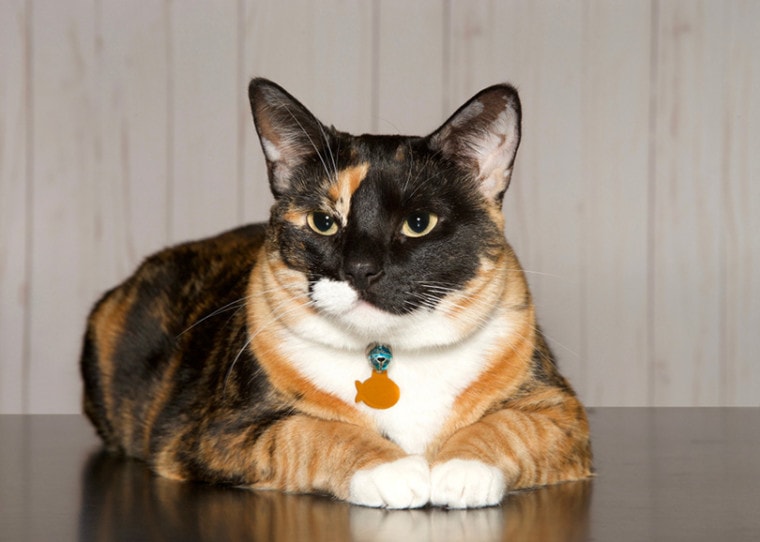
Cats seem to come in a wide variety of different colors and patterns. Some are light and solid-colored, while others are dark and marked with swirls, spots, or stripes. So, what gives cats their different colored and patterned coats? It all comes down to genetics. These determine not only the color and pattern of a cat’s coat but also the length and texture of the fur. You may be wondering about the basics of how cat coat genetics work, in which case you have come to the right place. Since genetics can get quite complicated, we don’t want to overwhelm you with anything more than the basics. Here is what you should know.

Both Parents Are Involved

Genes passed down through the parents are what determine the color that a kitten will be when they are born. The mother’s or father’s genes may be dominant depending on the situation, so kittens are not always multicolored when they are born from different colored parents. They may inherit a dominant gene from one parent or the other and turn out the same color. If both parents pass a recessive gene on to their offspring, the recessive genes may also be displayed along with the dominant genes, which could result in patterns and markings. As with anything, there are exceptions to every rule of natural law.
Dominant and Recessive or Dilute Color Genes
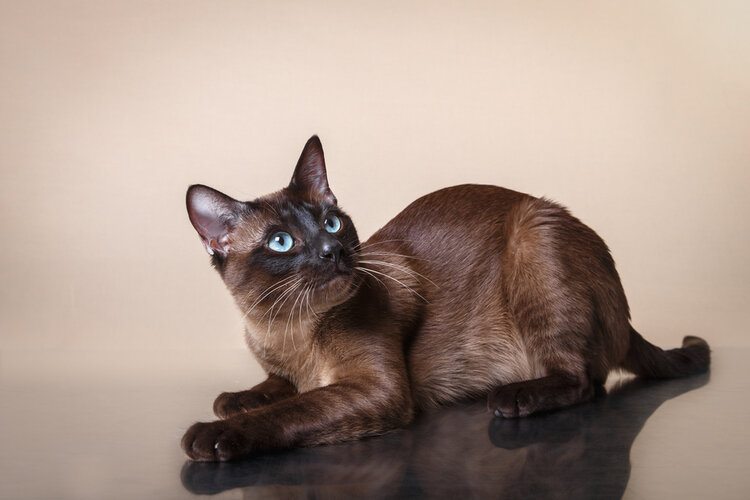
There are only two original colors that a cat’s gene could produce, which are black and orange. Females must inherit the orange color (otherwise known as the ginger gene) from both their parents to become orange themselves. Males need only inherit the orange color or ginger gene from one of their parents to become orange. This is why up to 80% of orange and orange tabby cats are males.
However, other genes can come into the picture and produce diluted variations of these two colors. When other genes are involved, a black cat may produce a grey or blue litter of kittens. An orange cat may produce a cream or beige-colored kitten. Lilac, fawn, buff, and apricot are other examples of diluted variations of the black and orange color genes. If a parent cat displays a diluted coat, they can only pass on a diluted color to their offspring. Cats that are pure black or orange must have a black or orange set of parents.
Calico Cats
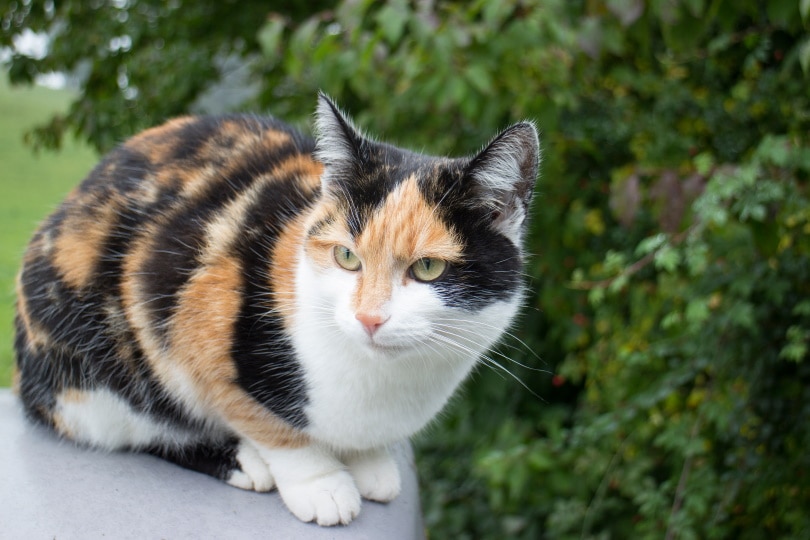
What’s interesting about calico cats is that they are almost always female. Calico fur patterns are developed with two X chromosomes, which female cats are naturally equipped with. Male cats typically receive one X and one Y chromosome from their parents, so it would not be possible to display a calico coat. However, although it’s rare, some males inherit three chromosomes: two X chromosomes and one Y chromosome. In this case, they can have a calico pattern.
Tabby Cats
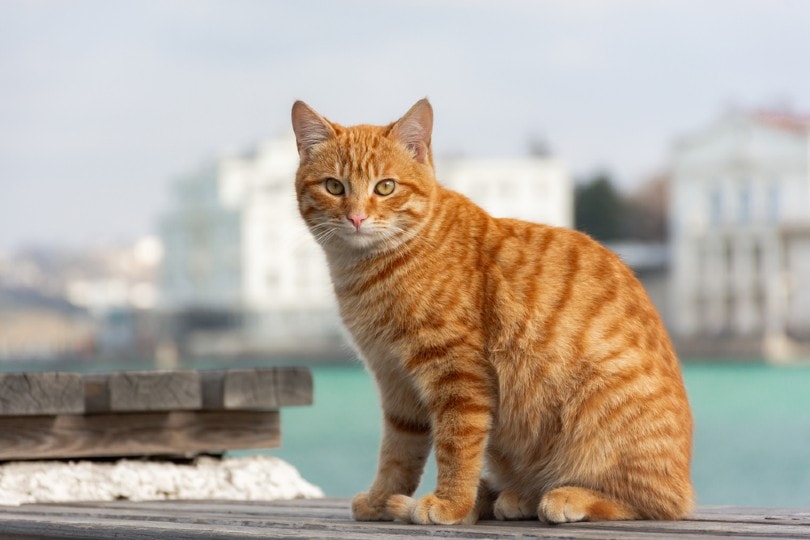
The tabby pattern can be made up of two or all the base colors of black, orange, grey (or blue), and cream. Which colors are included in a cat’s tabby pattern depends on the genes and chromosomes that their parents pass on to them.
Tabby cats can be both males and females. Not all cats that look like tabbies are real tabbies, especially if they are only showing variations of one color on their bodies. Tabbies always show variations of two or more colors.
White Cats
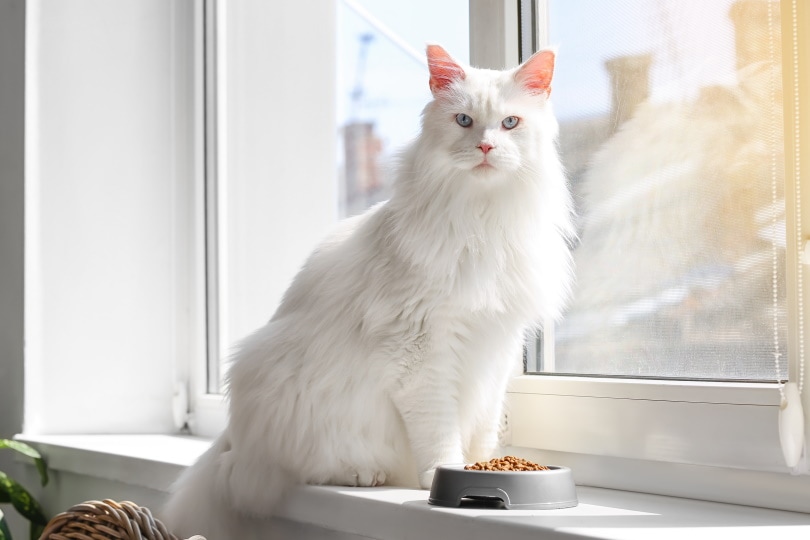
White is not a color when it comes to a cat’s coat. It is a gene anomaly that suppresses the real color of a cat. Some cats express the anomaly through small patches or it being included in the pattern on a coat. Some cats express the anomaly all over and look completely white even though they are actually a different color underneath the cover. White cats may or may not pass the anomaly down to their offspring.

Final Thoughts
Although understanding the genetics of cat coats is complicated, it is a good idea to have an understanding of how cat coat colors work. Here, we outlined the basics so you can have a good idea of how your cat came to be the color that they are, and we hope it has helped you find the information you were searching for.
You Might Also Be Interested In:
- Dog Color Genetics–Understanding the Basics
- Are There Wild Cats in Michigan? Everything You Need to Know!
Featured Image Credit: Andy Gin, Shutterstock






